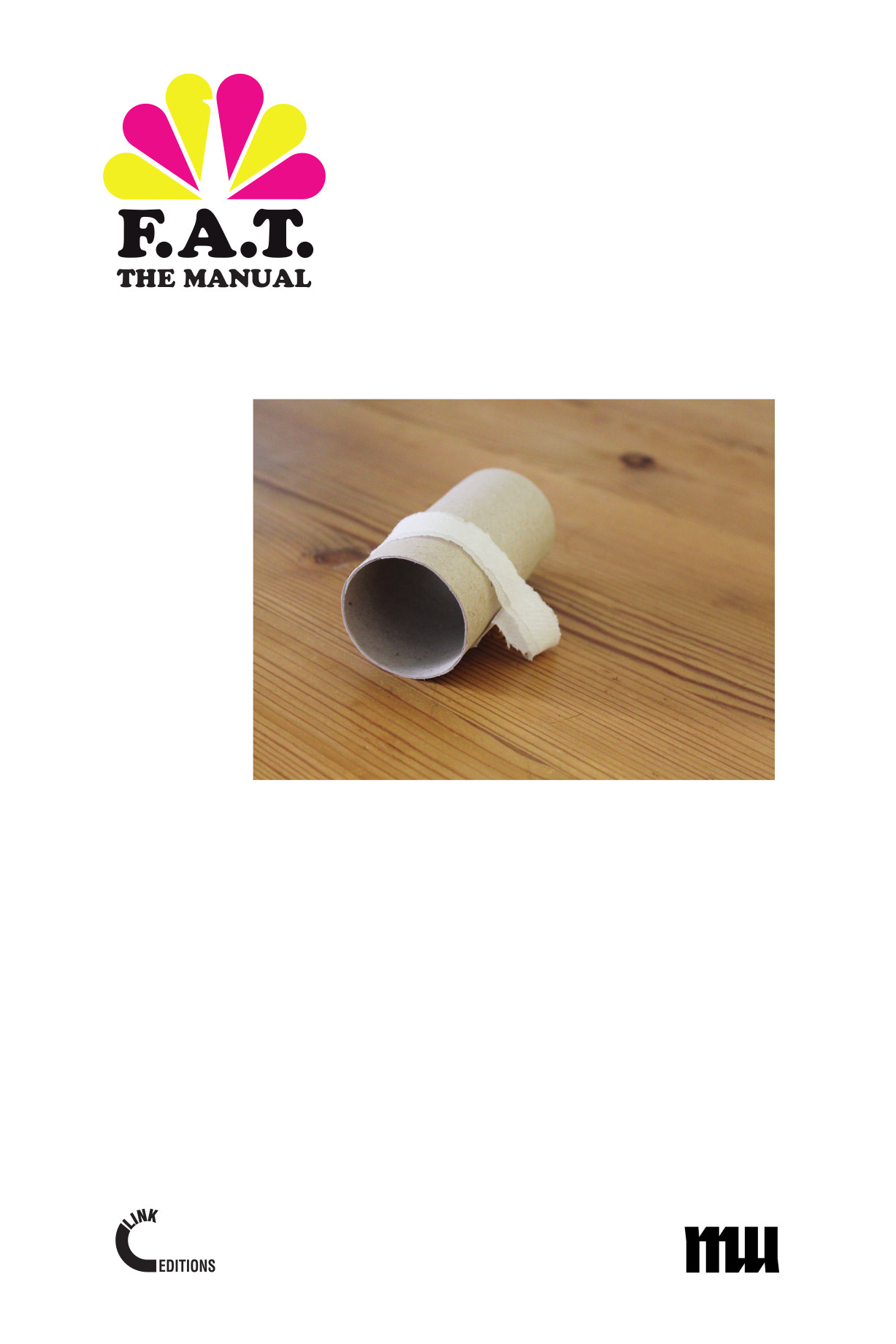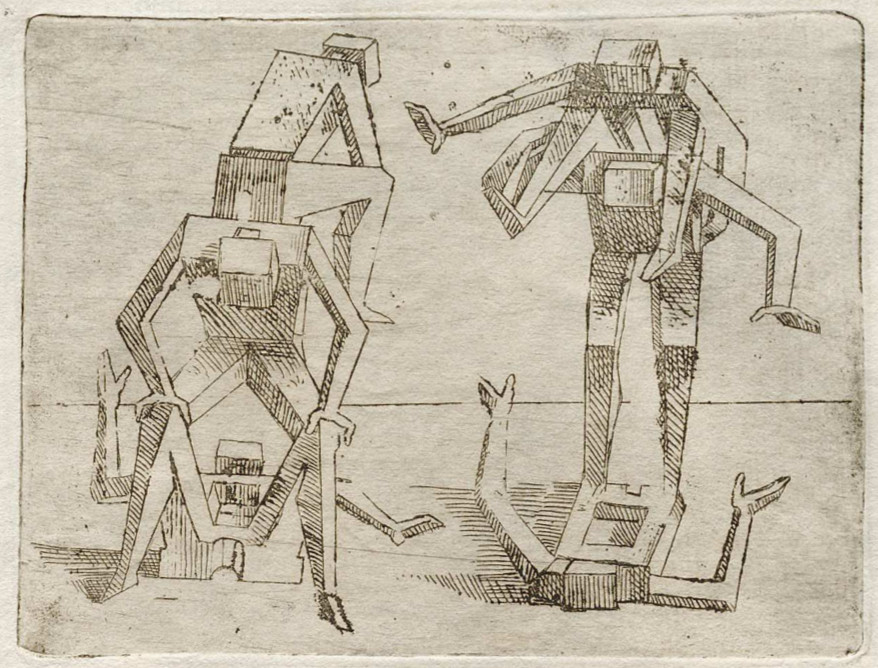Ada Journal, Nos. 2–3: Feminist Game Studies / Feminist Science Fiction (2013)
Filed under journal | Tags: · computer games, cyborg, feminism, game studies, gender, science fiction, video games

“In the inaugural issue of this journal, Mia Consalvo challenged feminist media studies scholars to confront toxic gamer culture, like that faced by Anita Sarkeesian in response to her Kickstarter campaign, through our research, by documenting, archiving, analyzing, and responding to sexism, racism, ageism, and homophobia in games and game spaces. This issue features six original articles that, in unique and methodologically diverse ways, respond to Consalvo’s challenge.” (from the Introduction)
Ada: A Journal of Gender, New Media, and Technology
Issue no. 2: Feminist Game Studies
Edited by Nina Huntemann, June 2013
Creative Commons Attribution-NonCommercial-NoDerivs 3.0 Unported License.
Publisher University of Oregon Libraries
ISSN 2325-0496
View online (HTML articles)

“The essays in this issue take us from the past, through Clarissa Lee’s reconsideration of the work of mid-20th-century physicists Emmy Noether and Maria Goeppert Mayer and Jamie “Skye” Bianco’s engagement with the race and class politics of New York City gentrification as refracted through art and fiction, to a wide variety of speculative futures. Many of them take us to the cyborg, yet they do not simply repeat Haraway’s influential figure. For Jilly Dreadful, the cyborg is one among a range of literary tropes that expands into a mode of storytelling; for Deanna Day, the cyborg should be left behind in favor of the critical lens of the zombie. ” (from the Introduction)
Issue no. 3: Feminist Science Fiction
Edited by Alexis Lothian, November 2013
View online (HTML articles)
Comment (0)Giovanni Battista Braccelli: Oddities of Various Figures (1624)
Filed under artist publishing | Tags: · body, mannerism
“The fifty plates of the Oddities of Various Figures [Bizzarie di Varie Figure], issued in Livorno in 1624, are the liveliest and most original etchings of a highly creative, if little known, Florentine artist, Giovanni Battista d’Antonio Braccelli (active 1616–1649). The Bizzarie exhibit characteristics of Mannerism, which originated in Italy in the sixteenth century. [..]
Most of the images in the Bizzarie consist of pairs of dynamic figures constructed from fabricated elements, such as wooden boxes or frames, square and round metal links, metal plates, cylindrical containers, braided hair, wooden screws, twisted wax tapers, and so forth. Their poses are suggestive of tumblers, acrobats, contortionists, dancers, duelists, sportsmen, and actors. The bodies constructed of cubic forms recall the amazingly abstract drawings of the sixteenth-century Genoese painter Luca Cambiaso (1527–1588). Some of the most imaginative poses are impossibly contorted and bring to mind deceptive stunts or magic tricks—bodies gliding through themselves or each other.” (from a commentary by Sue Welsh Reed, 11 pages)
PDF (56 MB, updated on 2018-12-30)
PDF (clean low-resolution version, 11 MB, updated on 2018-12-30)
JPG (at RareBookRoom.org)
Domenico Quaranta, Geraldine Juárez (eds.): The F.A.T. Manual (2013)
Filed under book | Tags: · art, diy, hacker culture, hacking, internet, technology

“In more than five years of activity, the Free Art and Technology Lab (F.A.T. Lab) produced an impressive series of projects, all developed with open source software, shared online and documented in a way that allows everybody to copy, improve, abuse or simply use them. This approach situates F.A.T. Lab in a long tradition of DIY, processual, sharable artistic practices based on instructionals, and reveals a democratic idea of art where Fluxus scores meet hacker culture (and rap music).
Featuring texts by Régine Debatty, Evan Roth, Domenico Quaranta, Geraldine Juárez and Randy Sarafan, The F.A.T. Manual is a selection of more that 100 projects, done in the belief that printing these bits on paper will allow them to spread in a different way, infiltrate other contexts, and germinate. An archive, a catalogue, a user manual and a software handbook documenting five years of thug life, pop culture and research and development.”
Publisher Link Editions, Brescia, 2013
Creative Commons Attribution-NonCommercial-ShareAlike 3.0 Unported License
ISBN 9781291577914
224 pages
PDF, PDF (36 MB, updated on 2024-2-3)
Comment (0)

